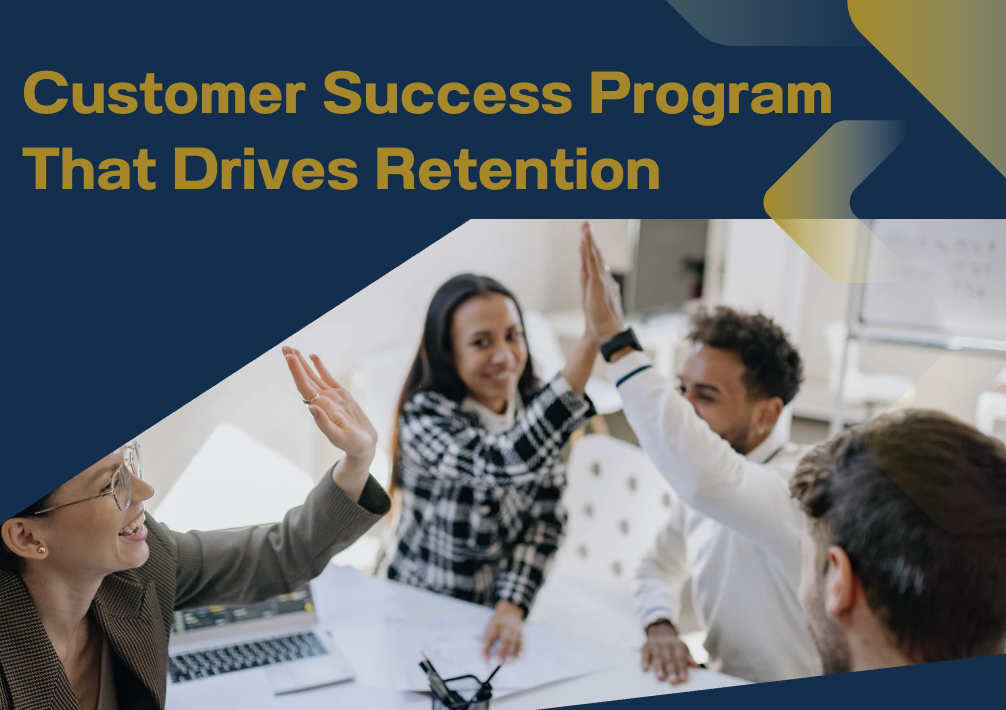Client retention is the lifeblood of any successful MSP. A well-designed customer success program transforms how MSPs interact with their clients, creating meaningful relationships beyond service delivery to become true partnerships.
The challenge lies in creating a program that genuinely adds value while addressing each client’s unique needs. Too often, MSPs focus solely on technical excellence while neglecting the relationship aspect of their services. This oversight can lead to client churn, even with outstanding technical performance.
Understanding the Foundation of Customer Success
Customer success goes beyond traditional customer service or support. It represents a proactive approach to ensuring clients achieve their desired outcomes through your services. This philosophy shifts the focus from reactive problem-solving to strategic partnership, where MSPs become integral to their clients’ business success.
Building Your Customer Success Framework
Establishing Clear Success Metrics
Effective customer success programs begin with clearly defined metrics that align with client objectives. These metrics should reflect technical performance and business outcomes, creating a comprehensive view of the relationship’s health and value.
Understanding what success means to each client allows MSPs to tailor their approach and demonstrate relevant value.
Creating Proactive Communication Channels
Regular, structured communication forms the backbone of successful customer success programs. This communication should be strategic rather than reactive, focusing on business outcomes and future opportunities rather than just operational updates.
Scheduled business reviews, quarterly strategic discussions, and proactive outreach during critical business periods help maintain strong relationships while identifying opportunities for additional value creation.
Read Also: Onboarding Best Practices: Setting Clients Up for Long-Term Success
Designing Effective Touchpoint Strategies
Onboarding Excellence
A comprehensive onboarding program should introduce clients to all aspects of the service, establish clear expectations, and create early wins that demonstrate value.
During onboarding, MSPs should focus on understanding client business objectives, identifying success criteria, and establishing communication preferences.
Ongoing Relationship Management
Consistent relationship management requires structured processes that ensure no client falls through the cracks. Regular check-ins, strategic planning sessions, and proactive issue identification help maintain strong relationships while preventing problems before they impact the client’s business.
Implementing Value-Driven Interactions
Understanding Client Business Objectives
Successful customer success programs require a deep understanding of each client’s business goals, challenges, and priorities. This knowledge enables MSPs to position their services as strategic business enablers rather than mere technical utilities.
Regular business discovery sessions help MSPs align with evolving client needs while identifying opportunities to expand the relationship through additional services or enhanced support.
Demonstrating Continuous Value
Value demonstration should be an ongoing process rather than an annual event. Regular reporting on key performance indicators, cost savings achieved, and business outcomes supported helps clients understand the return on their MSP investment.
Leveraging Technology for Scale
Automation and Efficiency
Automated reporting, proactive monitoring alerts, and structured communication workflows free up time for strategic relationship building while ensuring consistent service delivery.
The key is finding the right balance between automation and personal touch, using technology to enhance rather than replace meaningful human connections.
Data-Driven Insights
Customer success programs generate valuable data about client preferences, usage patterns, and satisfaction levels. This information enables MSPs to refine their approach, identify at-risk accounts, and spot opportunities for service enhancement or expansion.
Conclusion
Designing an effective customer success program requires strategic thinking, dedicated resources, and ongoing commitment to client value creation.
Don’t let poor retention rates limit your MSP’s growth potential. Partner with the Call to Action LLC Team to develop a customer success program that transforms your client relationships and drives sustainable business growth.



